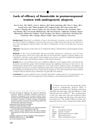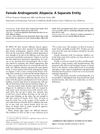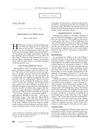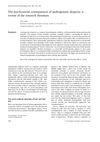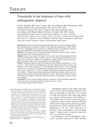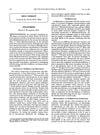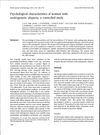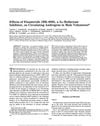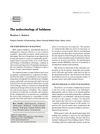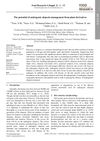Production Rates of Testosterone and Dihydrotestosterone in Female Pattern Hair Loss
July 2003
in “
Metabolism-clinical and Experimental
”
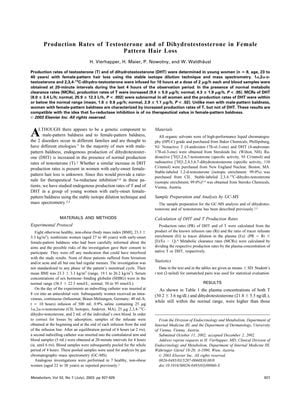
TLDR Women with female-pattern baldness produce more testosterone, but 5a-reductase inhibition treatment won't help.
A study conducted 19 years ago aimed to determine the production rates of testosterone (T) and dihydrotestosterone (DHT) in young women with female-pattern hair loss. The study found that women with female-pattern baldness have increased production rates of T, but not of DHT, unlike men with male-pattern baldness. The results suggest that 5a-reductase inhibition is of no therapeutic value in female-pattern baldness. The study was conducted on eight young women using the stable isotope dilution technique and mass spectrometry.
